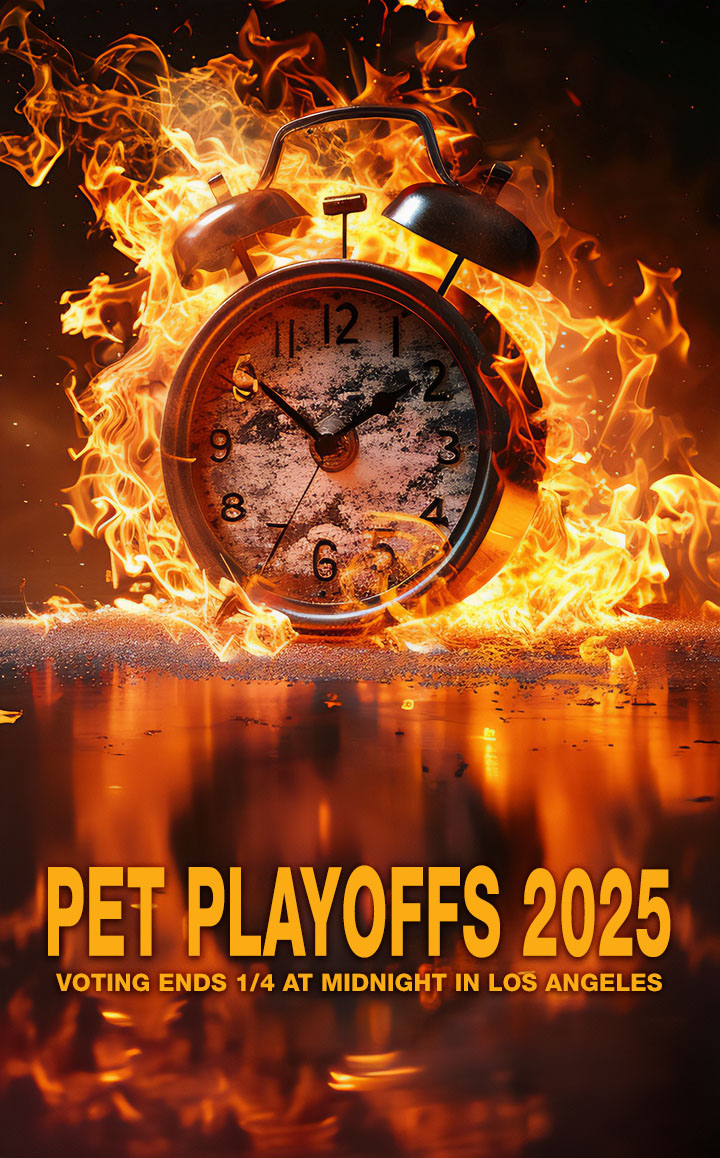Before Facebook — and before Twitter was even a twinkle in Jack Dorsey’s eye — there was MySpace, the first major social media platform to normalize oversharing.
How MySpace Shaped a Generation
MySpace allowed Millennials to feel comfortable in their opinions in ways previous generations only dreamed about.
Prior to social media microblogging websites, users wanting to share their opinions online only had blogs — and to run a successful blog, you needed to already be famous, or have word of mouth drive traffic to you. It was hard for anyone to become an “influencer.”
If the internet was an information superhighway, then MySpace was the express lane to fame and popularity. The dawn of the internet was a wild time. There was no Big Tech, and the government kept Microsoft at bay with antitrust legislation. Companies dedicated to building the Web 2.0 were able to make a million innovations in just a few short years — a far cry from the stagnant present.
As a creativity-centric social media platform, MySpace was the first real way for anyone to become famous online. From the comfort of their own home, anyone could become a Scene Queen or a popular musician. Without MySpace, we wouldn’t have Skrillex, Bring Me the Horizon, Lily Allen or Adele. There would be no Jeffree Star.
The platform enabled teenagers across the globe — regardless of race, sexuality or gender identity — to connect with one another through a massive network. Instead of having random, disparate websites, MySpace housed it all under one roof. It was a vision of things to come: Twitter and Instagram later did the same thing, but through more simplified formats.
MySpace’s philosophy extended into its design. Your profile could be as expressive as you wanted it to be — fully customized with music, animated GIFs, HTML code, CSS overlays. It offered the whole works.
Crucially, MySpace celebrated individuality more than any other social media platform then, or since. If people wanted to know about you, they’d have to click on your profile. Contrast this with Tumblr, where the bulk of content is shared and regurgitated by millions of people in a massive echo chamber propagating the same ideas — and alienating those who think outside the box.
Furthermore, MySpace didn’t have the problem that every social media platform today deals with: the issue of harassment. Sure, you could harass people individually, as an individual. But there was no mob to join, no flames of outrage to stoke, no callout culture.
There was no incentive, and no way for anyone to target anybody else with widespread harassment. The system didn’t allow for it. Whether by design, or by accident, interactions on MySpace were simple: If you didn’t like what someone was saying, you simply clicked out of their profile. There was no way to quote tweet or share content to put them on blast. Cancel culture didn’t exist.
MySpace encouraged oversharing; your profile was public, and you could say whatever you liked. No one had to read it — and that was OK. There was no gamification — no incentive to say provocative things or repeat popular ideas. You could be as normal or provocative as you wanted. There was no score to keep track of — no retweets or likes to count.
If you were interesting, people would pay attention. Your engagement was organic. You couldn’t crowdsource your opinions. MySpace was a celebration of individuality.
It encouraged people to explore their identities, even in ways previously considered taboo — such as the experience of growing up gay in a conservative town, atheist in a religious family, or enjoying geeky hobbies like Dungeons & Dragons. MySpace did not normalize or encourage deviancy.
On MySpace, your individuality remained your own — and it didn’t necessarily make you subject to peer pressure or encourage you to be a part of a trend you didn’t feel comfortable with. The option to explore your identity existed, but it wasn’t forced upon you. Contrast this with Tumblr, which normalized deviance, pressurising millions of teenagers into adopting odd lifestyles and political positions.
World leaders weren’t on MySpace — nor did they have their policies and principles dictated by teenagers bullying them into submission as they do on Twitter.
Without the success of MySpace, we wouldn’t have Twitter, Facebook and Instagram, which share a lot of common DNA with MySpace.
Unfortunately, they took some of the good parts and added a bunch of bad to the formula. These websites have stripped out individuality, removed the ability to customize profiles and encouraged groupthink.
MySpace was the opposite. It’s in the name: “my space,” not “our” space — no one’s space but yours, and yours alone.
We wanted to do a little fun digging on “kimisaprincess” just to see what we found, and we found something interesting. If you desire to be either dazzled — or mortified, depending — do a search for Kardashian in Google. Quickly overwhelmed with [censored], we decided upon a more erudite approach here, by looking up trademarks held by KIMISAPRINCESS, INC., which is apparently still a real thing. One thing about this family, they have a lot going on. It turns out one can find MySpace still hanging around too, still averaging many, many millions of visitors every month (as of a few years ago, at least). They should see what they can do to get Kim back on board, y’know? Maybe if they had a classic Marilyn Monroe dress she should wear…. Of course she’s a princess, and we’re not. So (apparently) there.





















Yeah … um, great being able to communicate with each other, but using these devices has made them unable to socialize in person.